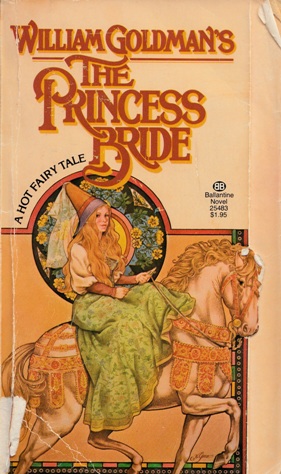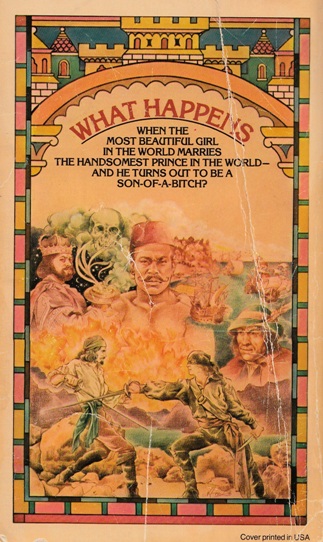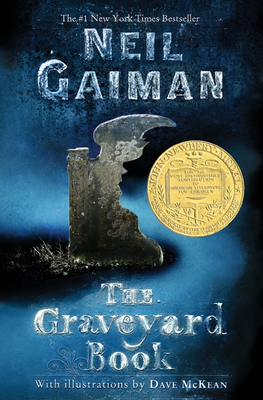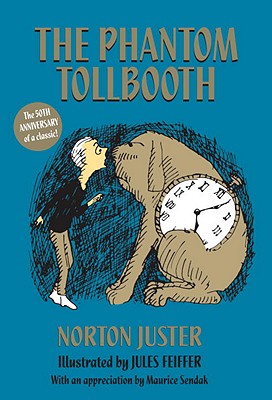I’m currently having a minor internal dilemma, dear readers, that I wanted to run past you. The dilemma revolves around my desire to share William Goldman‘s tremendous fairy tale, The Princess Bride, with my six-year-old daughter, and how exactly I should do that. Like a lot of people from my generation, I discovered The Princess Bride thanks to Rob Reiner’s 1987 film adaptation, an epic adaptation that has endured as one of the most rewatchable, quotable, and downright iconic movies of the past thirty years. While I’m still debating when my daughter will be old enough to see the movie, my primary concern is how and when I’m going to read Goldman’s original book to her.
And the operative word in that sentence is “how.” Because, at the moment, I don’t think I want to read her the entire book. I think I only want to read her the “good parts” of The Princess Bride, a statement that anyone who’s read the original book will find funny, ironic, or, at the very least, very, very “meta.”
Now, as a professed “book person”, the idea of selectively reading passages of a book to my daughter feels like a big cheat and a huge violation of the unspoken bond between author and reader – I hate playing backseat editor – but The Princess Bride is a special case. Let me give you some back story…
Even though I adored The Princess Bride movie the first time I saw it in 1987, it never really landed with me that I should seek out the original book that it was based on until I was in college. After a few weeks of hunting, I came across a tattered paperback copy of Goldman‘s The Princess Bride in a used bookstore and quickly devoured it. (It was originally published in 1973 with the eyebrow-raising tagline “A Hot Fairy Tale.”)
And the book didn’t disappoint. It’s wonderful. When reading the book, you really get an appreciation for how faithful and spot-on Rob Reiner’s adaptation was. Princess Bride the book is INCREDIBLY similar to Princess Bride the movie, right down to the priest mispronouncing “Mawidge” to the now-legendary “Hello, My Name is Inigo Montoya” showdown (which reaches its climax on page 276 of my paperback). While there are little variations in the details here and there, I can only recall two MAJOR differences that stood out when I first read the book. [read the rest of the post…]
{ 9 comments }



